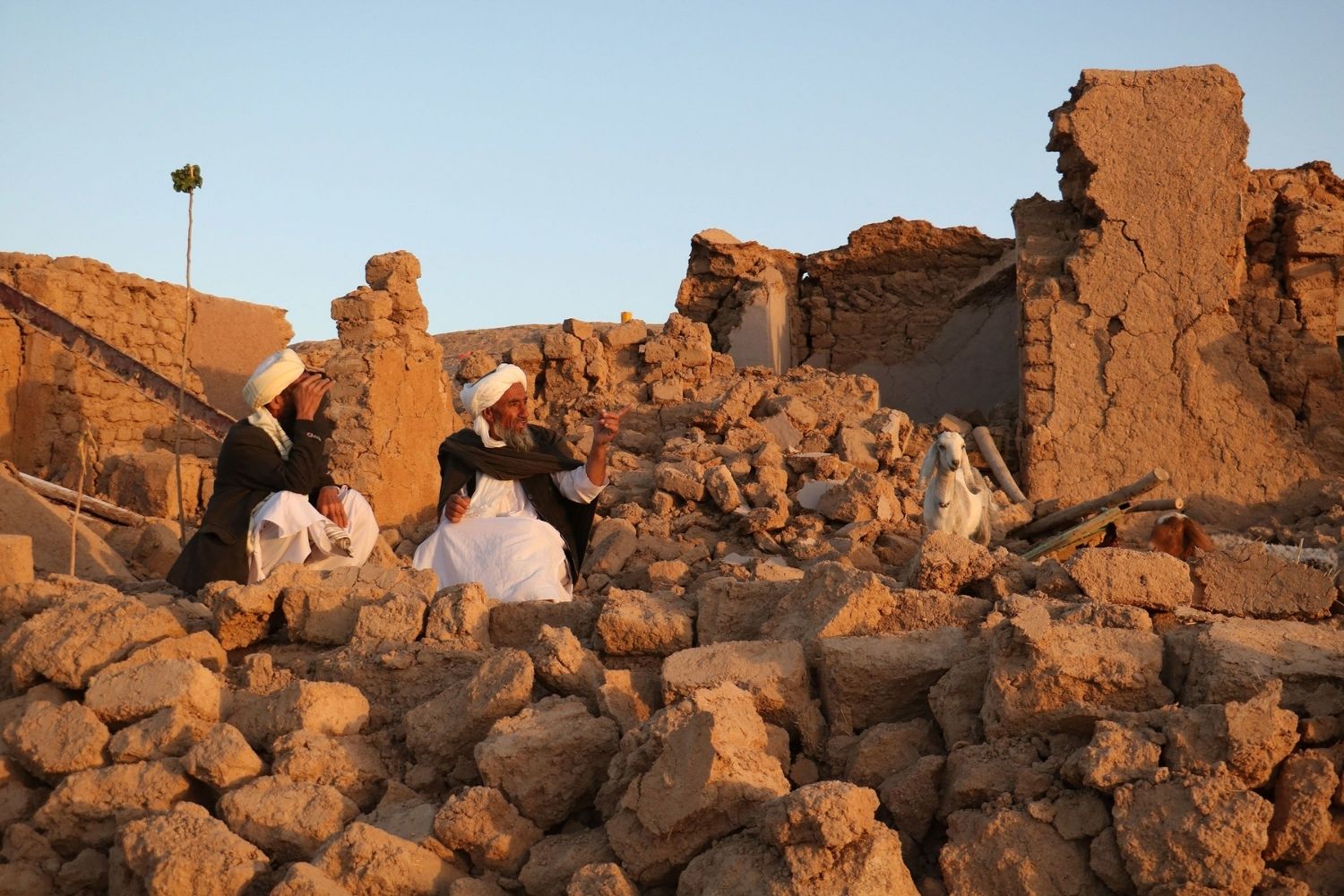
Did you know that Afghanistan is one of the most earthquake-prone countries in the world? Nestled in a region where the Indian and Eurasian tectonic plates collide, Afghanistan experiences frequent seismic activity. These earthquakes can cause significant damage, especially in rural areas where buildings are not constructed to withstand such forces. Understanding the history and impact of these natural disasters is crucial for both residents and those interested in global geology. From ancient times to recent years, earthquakes have shaped the landscape and lives of Afghanistan's people. Let's delve into 25 fascinating facts about Afghanistan earthquakes that highlight their frequency, impact, and the resilience of the Afghan people.
Understanding Afghanistan's Seismic Activity
Afghanistan, a country with a rich history and diverse culture, is also known for its significant seismic activity. Earthquakes in this region can be devastating due to various geological and socio-economic factors. Here are some intriguing facts about earthquakes in Afghanistan.
-
Afghanistan is located in a seismically active region where the Eurasian and Indian tectonic plates meet, making it prone to frequent earthquakes.
-
The Hindu Kush mountain range, which runs through Afghanistan, is one of the most seismically active areas in the world.
-
Earthquakes in Afghanistan often occur at shallow depths, which can increase their destructive potential.
-
The country experiences both interplate and intraplate earthquakes, adding to the complexity of its seismic activity.
-
Historical records show that Afghanistan has experienced numerous devastating earthquakes over the centuries, with some causing significant loss of life and property.
Historical Earthquakes in Afghanistan
Throughout history, Afghanistan has faced several major earthquakes that have left lasting impacts on its people and infrastructure. Here are some notable historical earthquakes.
-
The 1998 Takhar earthquake, with a magnitude of 6.6, resulted in the deaths of over 4,000 people and left thousands more injured and homeless.
-
In 2002, a series of earthquakes struck the Hindu Kush region, with the largest reaching a magnitude of 7.4, causing widespread destruction and loss of life.
-
The 2015 Badakhshan earthquake, with a magnitude of 7.5, affected not only Afghanistan but also neighboring countries, highlighting the regional impact of seismic events.
-
The 2009 Paktika earthquake, with a magnitude of 5.5, caused significant damage to infrastructure and homes, displacing many families.
-
Historical records from the 19th century indicate that the 1842 earthquake in Kabul caused extensive damage to the city and surrounding areas.
Impact on Infrastructure and Communities
Earthquakes in Afghanistan have profound effects on infrastructure and communities, often exacerbating existing challenges. Here are some key impacts.
-
Many buildings in Afghanistan are constructed using traditional methods and materials, making them particularly vulnerable to earthquake damage.
-
The lack of stringent building codes and regulations in many parts of the country increases the risk of structural failures during earthquakes.
-
Earthquakes often trigger landslides in mountainous regions, further endangering communities and complicating rescue efforts.
-
The destruction of roads and bridges during earthquakes can hinder emergency response and relief efforts, leaving affected areas isolated.
-
Displacement of communities due to earthquake damage can lead to long-term socio-economic challenges, including loss of livelihoods and access to essential services.
Preparedness and Response Efforts
Efforts to improve earthquake preparedness and response in Afghanistan are ongoing, but challenges remain. Here are some facts about these efforts.
-
The Afghan government, with support from international organizations, has been working to improve earthquake preparedness and response capabilities.
-
Public awareness campaigns aim to educate communities about earthquake safety measures, such as building safer structures and creating emergency plans.
-
The establishment of early warning systems and seismic monitoring networks helps to provide timely information about earthquake activity.
-
Training programs for emergency responders and community volunteers are crucial for effective disaster response and recovery efforts.
-
Despite these efforts, limited resources and ongoing conflict in some regions pose significant challenges to improving earthquake resilience.
The Role of International Aid
International aid plays a vital role in supporting Afghanistan's efforts to mitigate the impact of earthquakes. Here are some ways in which aid has been instrumental.
-
International organizations such as the United Nations and the Red Cross provide funding and technical assistance for earthquake preparedness and response initiatives.
-
Humanitarian aid in the aftermath of earthquakes includes the provision of food, shelter, medical care, and other essential services to affected communities.
-
Reconstruction projects funded by international donors help to rebuild infrastructure and homes, incorporating earthquake-resistant designs.
-
Collaborative research efforts between Afghan and international scientists contribute to a better understanding of the region's seismic activity and potential risks.
-
Capacity-building programs supported by international partners aim to strengthen local institutions and enhance their ability to manage and respond to earthquake-related disasters.
The Final Shake-Up
Afghanistan's earthquakes are a stark reminder of nature's power. These seismic events have shaped the country's history, landscape, and people. From the ancient city of Bamiyan to the modern-day challenges, each quake tells a story of resilience and adaptation. Understanding these facts helps us appreciate the strength and determination of those affected. It also highlights the importance of preparedness and support for earthquake-prone regions. By learning from past events, we can better equip ourselves for future challenges. The facts about Afghanistan's earthquakes are not just numbers; they represent real lives and communities. Let's take this knowledge and use it to foster a safer, more informed world. Remember, every bit of awareness can make a difference when the ground starts to shake.
Was this page helpful?
Our commitment to delivering trustworthy and engaging content is at the heart of what we do. Each fact on our site is contributed by real users like you, bringing a wealth of diverse insights and information. To ensure the highest standards of accuracy and reliability, our dedicated editors meticulously review each submission. This process guarantees that the facts we share are not only fascinating but also credible. Trust in our commitment to quality and authenticity as you explore and learn with us.
